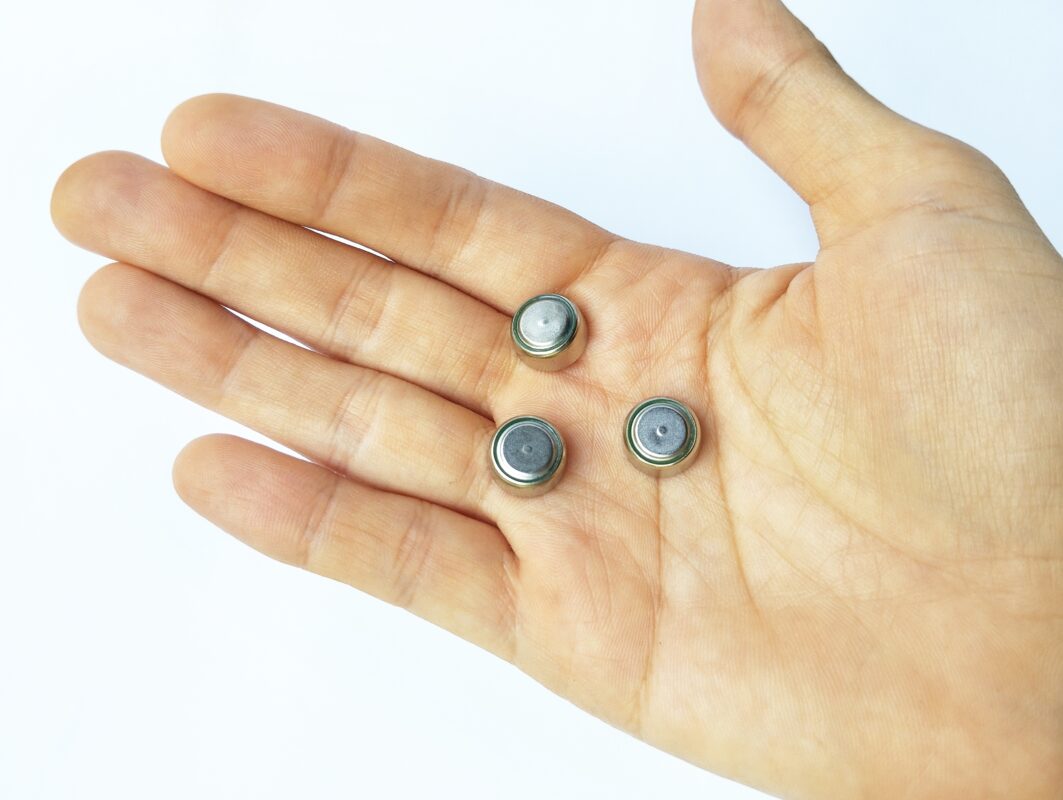By Bre Myers
I can remember patiently listening to the radio station on my boom box, fingers positioned over the play/record button, hoping to catch one of my favorite songs to add to my bootleg mix tape. As a child growing up in the 1980s, it was common to grab a blank cassette tape and record anything. If you had a microphone, you could even record yourself doing all of the silly things you thought were cool.
Rewind approximately 100 years, and you will find Thomas Edison’s phonograph and wax cylinders as the original mixtape of the time. In a recent NPR interview, the assistant curator for music and recorded sound at the New York Public Library explains that a donated collection of these fragile 5cm by 11cm early recordings will be played, and simultaneously digitized for the first time in over a hundred years.
Due to their fragility, very few of these wax cylinders exist today, and those that have survived are often cracked and damaged. New technology will help to fill in the gaps and give listeners a glimpse into what the early 1900s sounded like. The collection includes everything from opera rehearsals to family get togethers.
Check out the links in the references below for more information.
References
Vanasco, J. (2022) Mystery recordings will now be heard for the first time in about 100 years. NPR. NPR, April 5.
NFSA. (2016) Wax cylinder recordings. National Film and Sound Archive of Australia, October 23.
Bre Myers, AuD, PhD, is an associate editor of www.audiology.org and Audiology Today.
Recent Posts
Congress Needs to Hear From Audiologists on Student Loan Access
The Professional Student Degree Act, H.R. 6718, introduced by Representative Michael Lawler (R-NY), was introduced in mid-December. This bill reaffirms audiology’s status as a professional…
Why Wild Animals Don’t Have Floppy Ears
In 1959, a scientist began a domestication experiment with silver foxes. Critics believed the experiment was, at the very least, too ambitious (if not outright…
Button Batteries and Socioeconomic Risk
Button batteries, or coin cells as they are also known, are used commonly in small electronics, like watches, calculators, and of course, hearing aids. Recently,…


